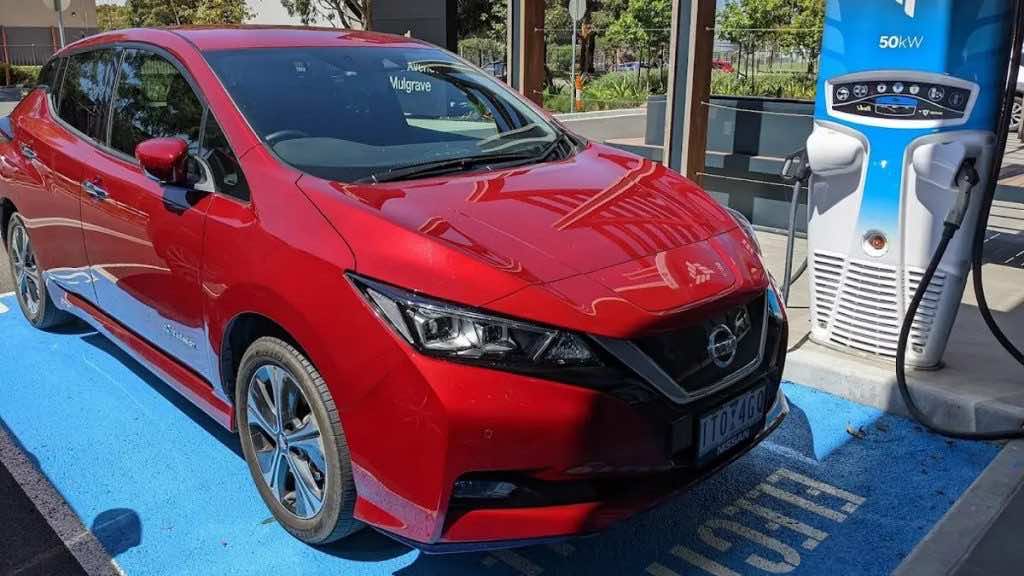Battery health has been the most undiscussed topic for decades, but the recent surge in electric vehicles has pushed car manufacturers to explore the topic in more detail. By keeping these details into consideration, researchers at the University of Cambridge have recently achieved a milestone by developing a machine learning algorithm for electric vehicles. The algorithm is mainly designed for the batteries used in electric vehicles that can give sufficient information to car manufacturers, drivers, and businesses regarding battery health. It will also recommend the best possible routes to travel for the efficient utilization of batteries. The results of this research have been published in the journal Nature Communications.
This non-invasive way would ultimately increase the operational time and health of the batteries. This should be kept in mind that the results have to be incorporated into the machine learning algorithm, and based on these results, the algorithm will direct the drivers to take the fastest possible or shortest route, without compromising the health of the battery. The first author, Penelope Jones, from Cambridge’s Cavendish Laboratory, said, “Battery health, like human health, is a multi-dimensional thing, and it can degrade in many different ways. Most methods of monitoring battery health assume that a battery is always used in the same way. But that’s not how we use batteries in real life. If I’m streaming a TV show on my phone, it’s going to run down the battery a whole lot faster than if I’m using it for messaging. It’s the same with electric cars—how you drive will affect how the battery degrades. “
On the other hand, Dr. Alpha Lee, the lead author of the research, said, “Most of us will replace our phones well before the battery degrades to the point that it’s unusable, but for cars, the batteries need to last for five, ten, or more. Battery capacity can change drastically over that time, so we wanted to come up with a better way of checking battery health.” However, this non-invasive technique uses electrical signals, which will be transmitted from the battery into a machine learning algorithm.
As soon as the electrical pulses got into the algorithm, it immediately showed results about the next discharge cycle and how fast the speed of the car should be when it is on the road. Not only this, the results also demonstrated how long the battery would take to charge for its next cycle. It should be noted that lithium-cobalt oxide cells have been used solely for research as they are also the main ingredient used in the batteries of electric vehicles these days.
As Lee said, “This method could unlock value in so many parts of the supply chain, whether you’re a manufacturer, an end user, or a recycler, because it allows us to capture the battery’s health beyond a single number, and because it’s predictive. It could reduce the time it takes to develop new types of batteries because we’ll be able to predict how they will degrade under different operating conditions.” He further stated, “The framework we’ve developed could help companies optimize how they use their vehicles to improve the overall battery life of the fleet. There’s so much potential with a framework like this.”
According to Jones, “It’s been such an exciting framework to build because it could solve so many of the challenges in the battery field today. It’s a great time to be involved in the field of battery research, which is so important in helping address climate change by transitioning away from fossil fuels. “

